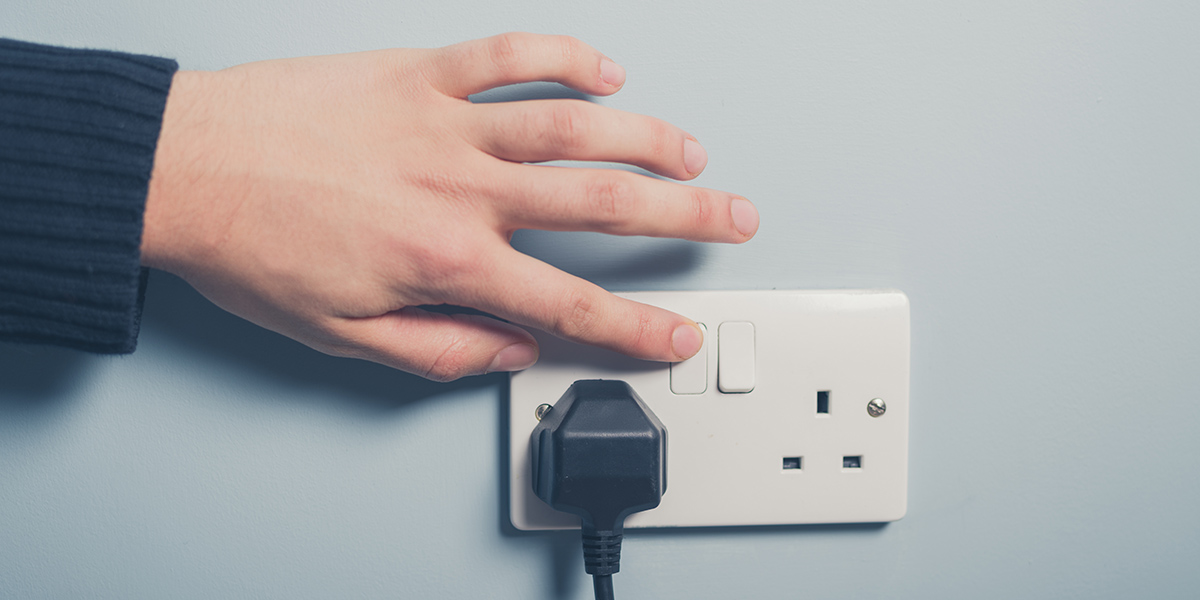The impact of phantom energy use: How to reduce standby power and save electricity

What is phantom energy?
Phantom energy, also known as standby power or vampire energy, is the electricity that appliances and electronics consume even when they are turned off or in standby mode. Many modern devices such as TVs, computers, and kitchen appliances continue to draw power to maintain clocks, displays, and remote-control functions.
While each device’s energy use may seem minor, the cumulative effect across a household can be significant, leading to higher electricity bills and unnecessary carbon emissions. Understanding phantom energy is a key part of improving home energy efficiency and cutting energy waste.
Examples of phantom energy
Phantom energy is surprisingly common in everyday homes. Typical sources include:
- Televisions and set-top boxes: These often draw power even when “off” so they can start up instantly.
- Computers, laptops, and printers: Sleep mode and chargers can still consume electricity.
- Kitchen appliances: Microwaves, coffee makers, and ovens with clocks or touch controls use standby power.
- Game consoles: Consoles in rest mode continue using electricity for updates and quick startup.
- Chargers: Phone and tablet chargers still draw power when not connected to a device.
Even smart home devices like Wi-Fi routers, smart speakers, and hubs contribute to phantom energy, silently increasing your monthly energy use.
The impact of phantom energy
Although a single device may only use 1 - 5 watts in standby mode, phantom energy can add up. Studies show that 5 - 10% of a household’s annual electricity consumption comes from standby power.
For homeowners, this translates into higher energy bills… and especially unwelcoming fact considering the ever-increasing cost of living. On a larger scale, phantom energy contributes to avoidable carbon emissions and increased demand on the power grid. Reducing phantom energy is an easy and effective way to cut energy waste and improve your home energy efficiency.
Energy-saving tips: How to combat phantom energy
Fortunately, reducing phantom energy is simple. Here are practical ways to save electricity and cut energy bills:
- Unplug devices when not in use: Chargers, small kitchen appliances, and rarely used electronics can be unplugged to eliminate phantom draw.
- Use power strips or smart plugs: Group devices on a power strip and turn everything off at once. Smart plugs can automatically schedule power-off times.
- Enable energy-saving modes: Many modern TVs, computers, and consoles have low-power or eco modes to reduce standby energy use.
- Choose energy-efficient appliances: Look for Energy Star–rated devices designed to minimize standby power.
- Limit “always-on” devices: Only keep essential electronics like routers and smart hubs powered continuously.
By implementing these energy-saving tips, homeowners can significantly reduce phantom energy, lower their bills, and make their homes more energy-efficient.
Take control of phantom energy in your household
Phantom energy may be invisible, but its impact is real. By identifying sources of standby power and taking simple steps to reduce energy waste, you can save electricity, lower monthly bills, and contribute to a more sustainable future. Small actions today lead to big savings and a greener home tomorrow.